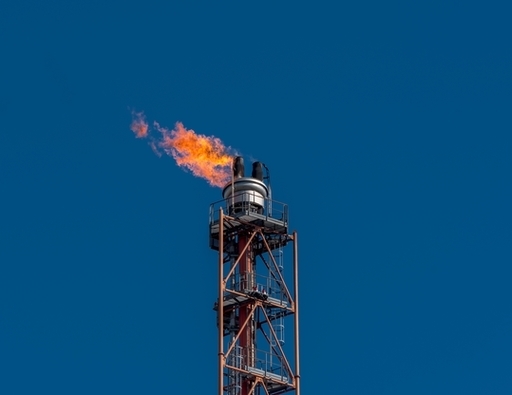
Negative oil prices — what are they telling us? | thearticle
- Select a language for the TTS:
- UK English Female
- UK English Male
- US English Female
- US English Male
- Australian Female
- Australian Male
- Language selected: (auto detect) - EN
Play all audios:

The oil price has been a key barometer of the impact of the Coronavirus crisis on the world economy. At the start of 2020, a barrel of Brent crude oil would have cost around $66. Now the
price is around $20. But even more shocking was the fact — earlier this week — that the spot oil price (for immediate delivery) in the US plunged deeply into negative territory, reaching
_minus _$37 a barrel at one point on Monday 20 April. What is this telling us, about the oil market and the world economy? And can negative oil prices persist into the future? The main
factor explaining this very unusual situation is the weakness of demand in the oil market. With many countries in lockdown due to the Coronavirus pandemic, the global demand for oil in April
is estimated to be 25-30 per cent down on its normal level — an unprecedented drop. But oil supply cannot be reduced in the short-term to match such a severe fall in demand, so there is a
glut of crude oil and other oil products looking for a home. Normally, this excess oil supply would find its way into storage to await a recovery in demand. But the fall in demand is so big,
it has overwhelmed the available storage capacity — particularly in the United States. US oil producers are having to offer good money for traders to take delivery of their product — hence
the negative oil price. This came to a head earlier this week due to the end of a contracting period, which required traders to roll over contracts, though the situation is less acute
outside the US, where oil tankers provide more storage capacity in the international oil market. This is most likely a temporary situation. Contracts for the delivery of oil a few months
ahead have been less badly affected. But occasional periods of negative oil prices could be a recurring problem until economies have started to recover from the Coronavirus lockdown. This
may not be the first time we see oil prices in negative territory this year. Could negative oil prices become a more permanent feature of our energy markets? That is unlikely. Oil producers
are not going to continue to pump at a loss. So supply will eventually adjust to demand, and at some point demand will recover as major economies around the world come out of lockdown. But
we may be entering a period of very weak oil prices for other reasons. Over the past decade, alternative sources of energy have been developing rapidly, including solar and wind. At the same
time, some of the traditional users of oil are shifting to other energy sources. Gas is becoming a more important fuel for power generation, alongside renewable energy. Electric cars are
becoming more popular, as their range increases and costs come down. Meanwhile, aircraft are becoming more fuel efficient. Oil producers are not just facing a short-term problem. The
transition to a low-carbon economy — as we seek to address the problem of climate change — implies a longer-term drop in the demand for oil. Over the past decade or so, higher oil prices
have encouraged higher-priced oil supplies to come on stream, in particular shale oil producers in the United States. This is also contributing to the current oil glut. A lower oil price
will squeeze many of these higher cost sources of oil out of the market. Does this mean that motorists and other users of oil products will benefit through lower prices? In the short-term
that may be the case, but not in the longer-term. The lower price of crude oil creates an opportunity for governments to raise more revenue in taxes from consumers of motor fuel and other
oil products. In the UK, motor fuel duties have been frozen for nearly a decade, so there is a big opportunity to raise petrol and diesel taxes if the crude oil price remains low. With
governments around the world now injecting large sums into their economies to deal with the current pandemic lockdowns, there will be an eager search for new sources of tax revenue as
countries recover from the current global recession. So the challenge for policy-makers is this. As the oil price falls, are you brave enough to raise taxes on motor fuel and other oil-based
products to compensate? Creating a bigger “wedge” between what consumers pay for fossil fuel energy sources, and what energy suppliers receive, is a key ingredient in the transition to a
low carbon economy.
